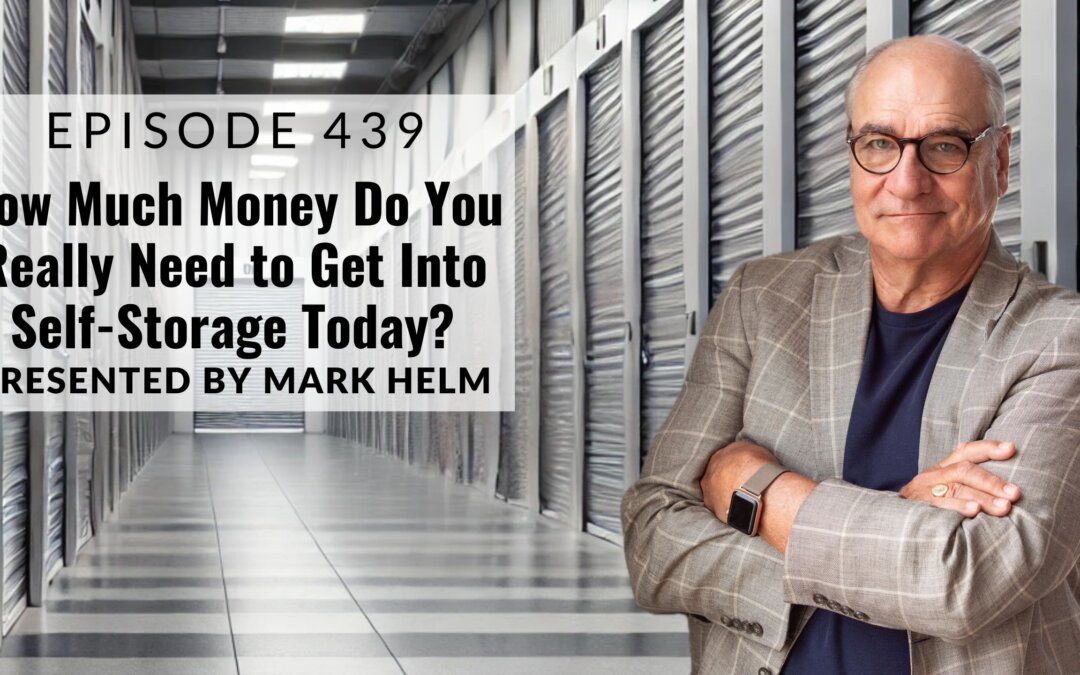I see a common mistake today as I work with people who are getting into the self-storage business.
Especially people getting in their first deal.
They will underwrite a deal using the downpayment amount a bank quotes.
Often, this will change them, and they are left scratching their heads. Especially people trying to use an SBA loan with a 10% or 15% down payment.
Let’s jump into the why.
The Problem
Yes, SAB will do a deal with a 10% downpayment!
Your local corner bank may quote a 25% equity investment requirement.
But there are other loan convents.
Often, the debt coverage ratio requirement really catches many off guard.
As interest rates go up, even with the modest reduction lately in prime, the debt coverage ratio can catch many off guard.
It has happened to me too.
Let me share an example of what I am talking about with you.
Example
I was working with someone who had underwritten an existing facility that was 33,725 sq. ft. and was listed for $2,800,000.
The NOI was $252,281 (income less operating expenses before debt).
This person said the bank would loan 85% on an SBA 504 loan and was excited.
I have worked with that bank before and told him he would have to put more than 15% down on that loan.
The bank has a 1.25 debt coverage ratio.
Now, in pre-2020 days, this issue rarely came up.
You will see why in a minute.
The person I was working with argued with me, and I suggested they call their contact at the bank.
Here is the math:
They were quoted a 25-year amortization at 8% interest ( a couple of months ago).
That is $220,431 a year of debt service.
The NOI was 252,281.
A 1.25% debt coverage ratio would mean the NOI needs to be at least $275,539.
We may fudge a little to hit a close one, but there is no way they should fudge $25k or so.
So, they needed to bring about $25,000 more to the table, and this person just didn’t have it, or more accurately, didn’t choose to.
Now in 2019, the debt service with a 5.25% would have been 171,145, well below the 1.25% debt coverage ratio.
Another example of how high interest rates affect smaller investors.
Not a Deal Stopper
This does not have to be a deal-stopper.
I have addressed this issue over the past few years by lowering the price, getting a soft second from the seller, and going to a local lender with more favorable loan covenants.
I have even temporarily used hard money loans where debt coverage ratios are not even in the equation if I really wanted to do the deal.
I then refinanced after the value add had been accomplished.
The reason I am doing this episode is that if you know about it before you go far down the acquisition and underwriting path, you can think the deal through and figure out what you have to do to make the deal work.
It is much harder after you have applied for a loan, put good faith money down, engaged in a feasibility report, etc.
Underwrite for debt coverage ratio as well these days.
When interest rates drop below 6%, this will most likely be much less of an issue.
Good hunting.



